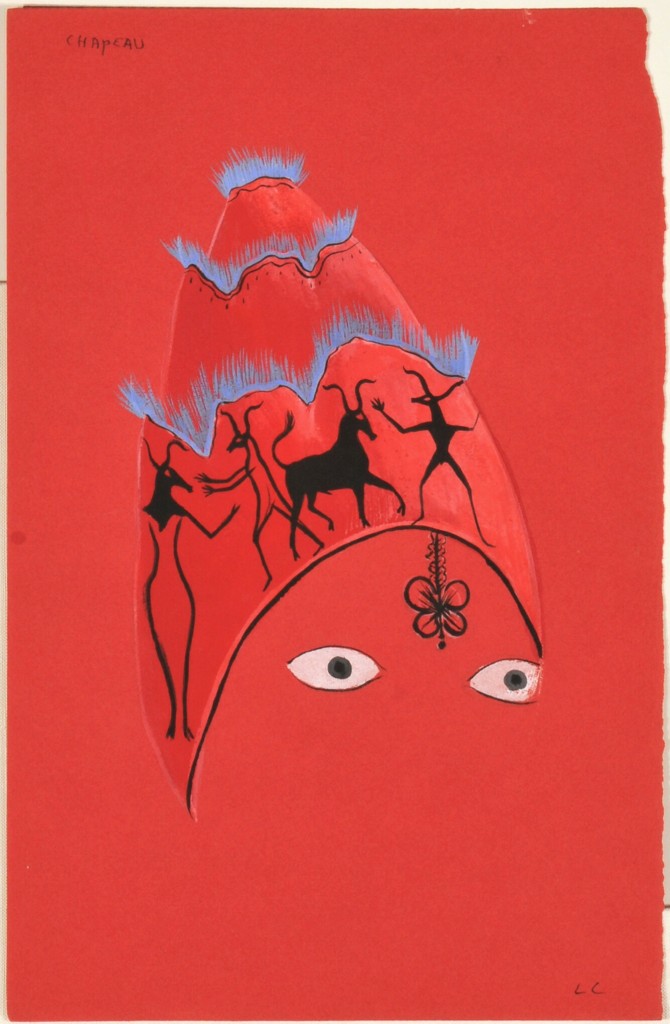Let us compare mythologies

On a new Leonora Carrington exhibition, co-curated by Chloe Aridjis.
Carrington, however, was far from “just” a painter. Her novella, the hilarious, riotous The Hearing Trumpet is rightly regarded as a classic. (Two volumes of stories, published by Virago in the 1980s with introductions by Marina Warner are alas out of print.) Imbued with a splendidly free-spirited feminism, the book is set in a home for (disgraceful) old ladies; its 92-year-old heroine sports a “short grey beard which conventional people would find repulsive. Personally, I find it rather gallant”. As a forthcoming exhibition of her work at Tate Liverpool hopes to demonstrate, she was an experimenter in many media. There were designs and costumes for plays (her own texts as well as Shakespeare productions). There were textiles, created with the collaboration of a family of Mexican master-weavers. There were sculptures and a four-metre-long mural, which is travelling from the Instituto Nacional de Antropología e Historia in Mexico City; there were etchings, lithographs, illustrated poems and designs for remarkable hats. The wild-looking papier-mache masks she made for a production of The Tempest promise to be especially alluring. The co-curator of the exhibition, writer Chloe Aridjis, who grew up visiting Carrington at home in Mexico City, tracked them down in Britain. There have been many such small detective stories in Mexico City, too, as Aridjis traced Carrington’s old friends to discover little-known works scattered among private collections.
Aridjis’s family met Carrington through a mutual friend, a doctor called Teodoro Césarman who, she says, treated all Mexico City’s exiled artists and writers – flung there on many currents from Europe during the war – in exchange for books and pictures. After that, from the age of 12, every Sunday she would visit the artist, in her “rather spartan and gloomy” house with bronze sculptures in the corners of the living room. Guests would be welcomed into the kitchen. Aridjis remembers a woman who would often slip into Spanish or French mid-sentence, but who was “so extremely British … she seemed remarkably unchanged, not even one per cent changed by geography”. There were postcards of the Queen Mother, the Queen and Princess Diana taped to the kitchen cabinets – “expensive but harmless”, was how Carrington described the royal family. When Aridjis began to travel to and from Europe the artist would request boxes of PG Tips or Yorkshire Tea that would be kept “in a cabinet under lock and key in her kitchen – she carried the key on a string around her neck”. Carrington and Weisz – a Hungarian photographer who lost many family members in the Holocaust – would speak together in French, the old-fashioned French of the 1930s. She loathed any kind of social convention and, says Aridjis, “was extremely uncompromising. She hated false diplomacy – she could be very sharp, and even make people cry.” She was happiest at home; she was devoted to her two sons and her cats, and the tree she had planted as a young woman in the front yard. “There was this idea of creating your own universe and not needing anything beyond it,” says Aridjis.
